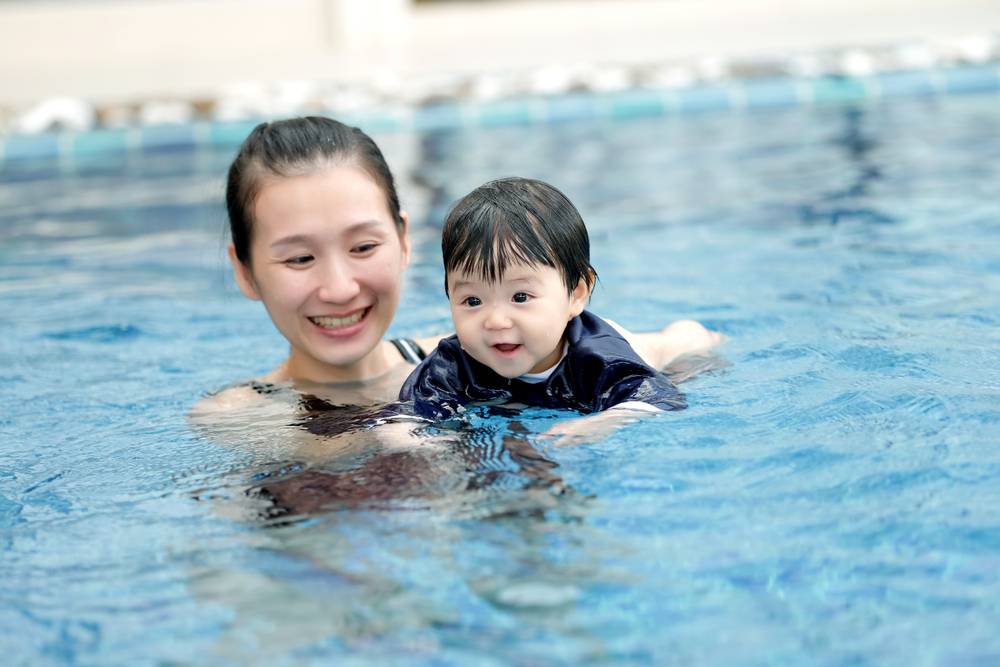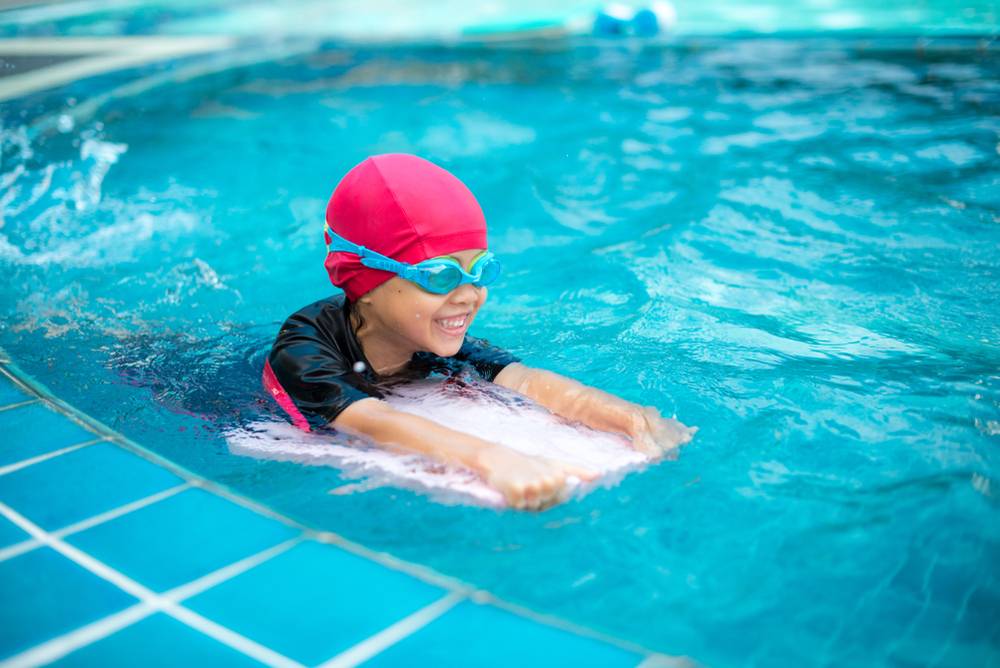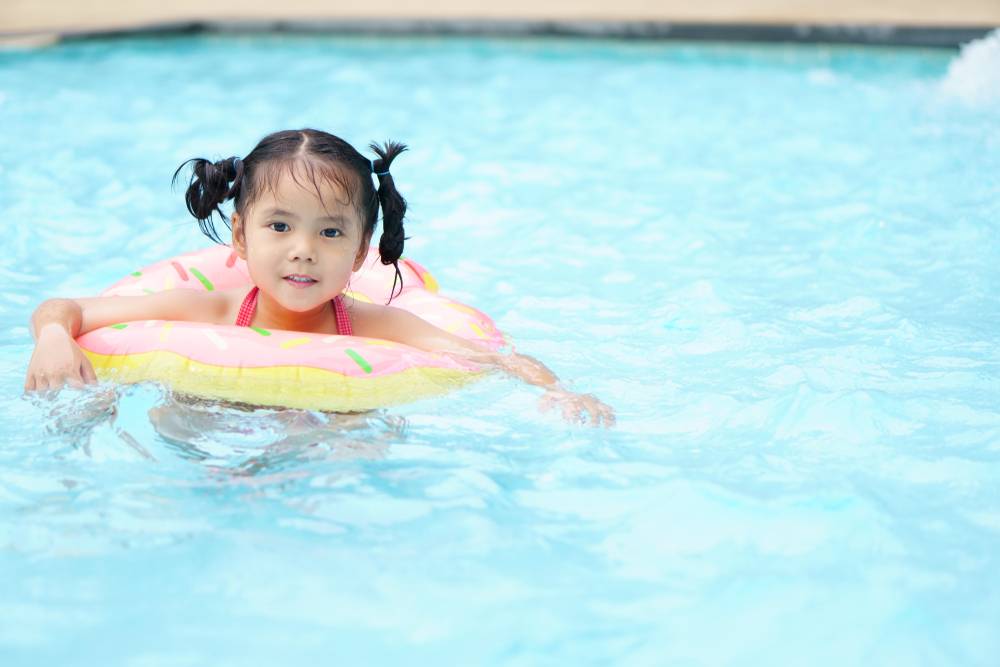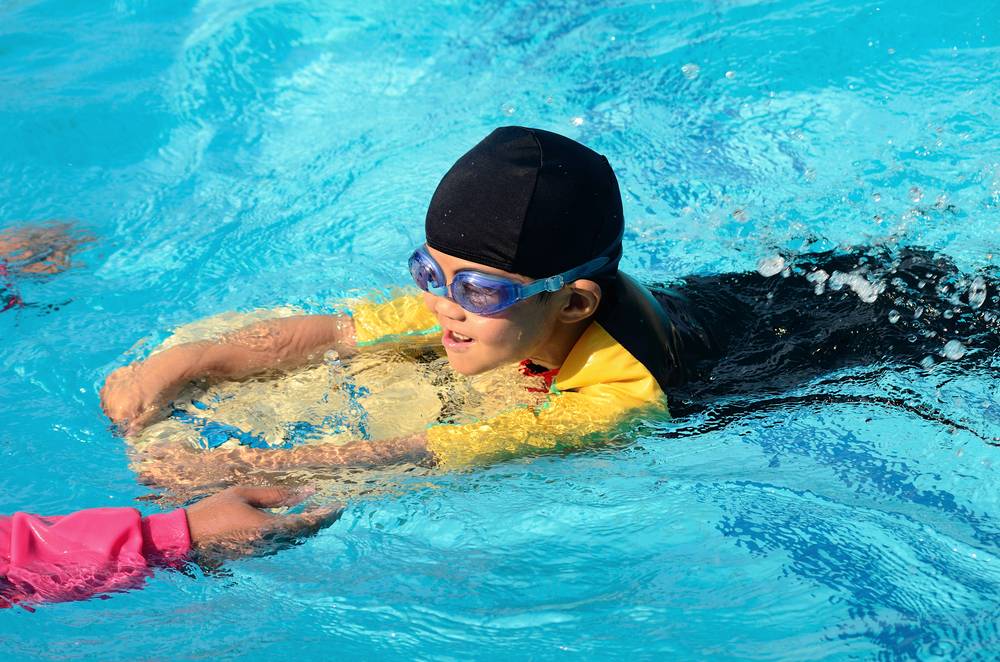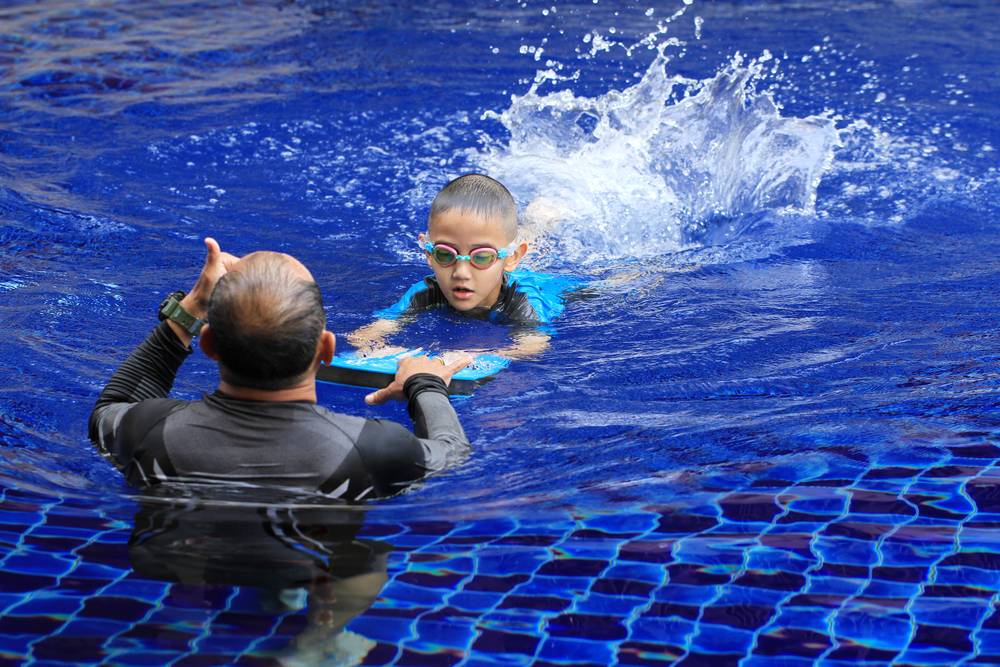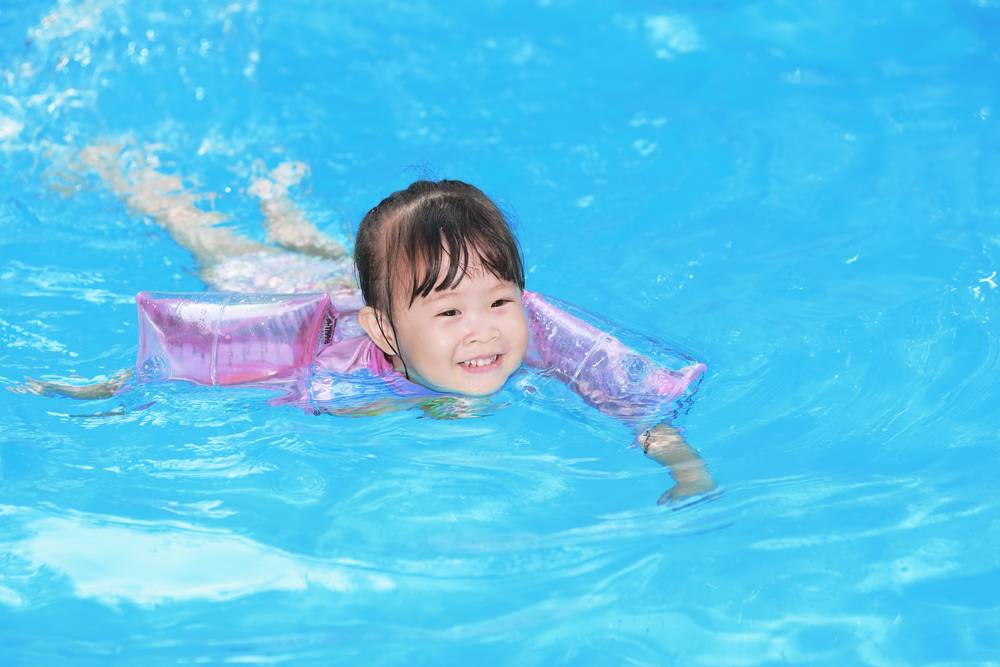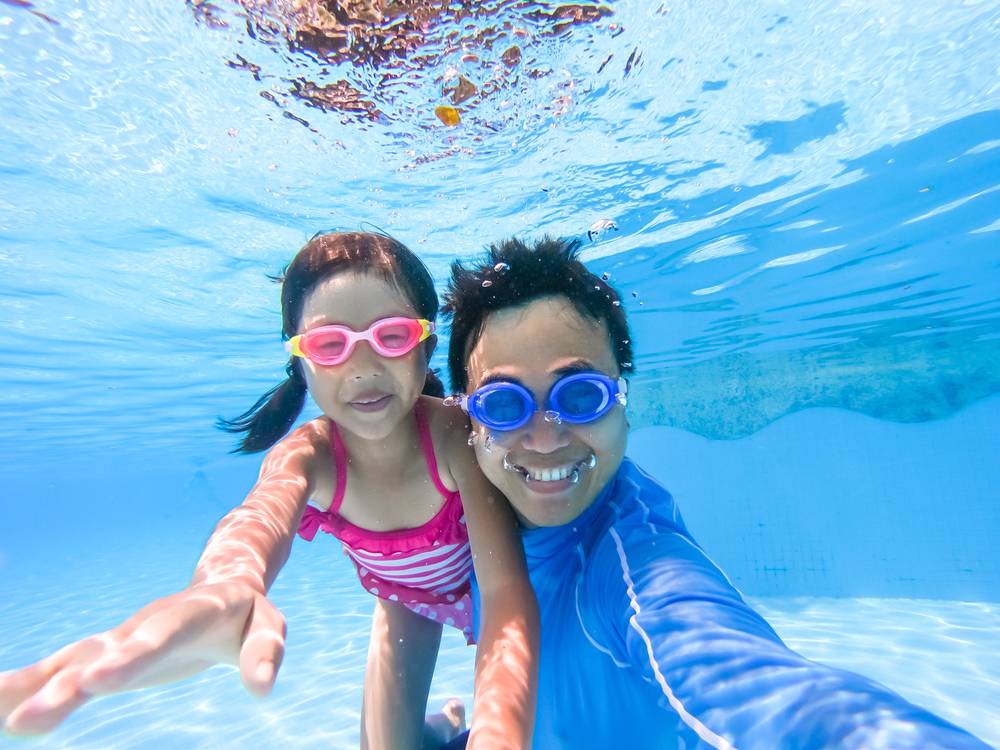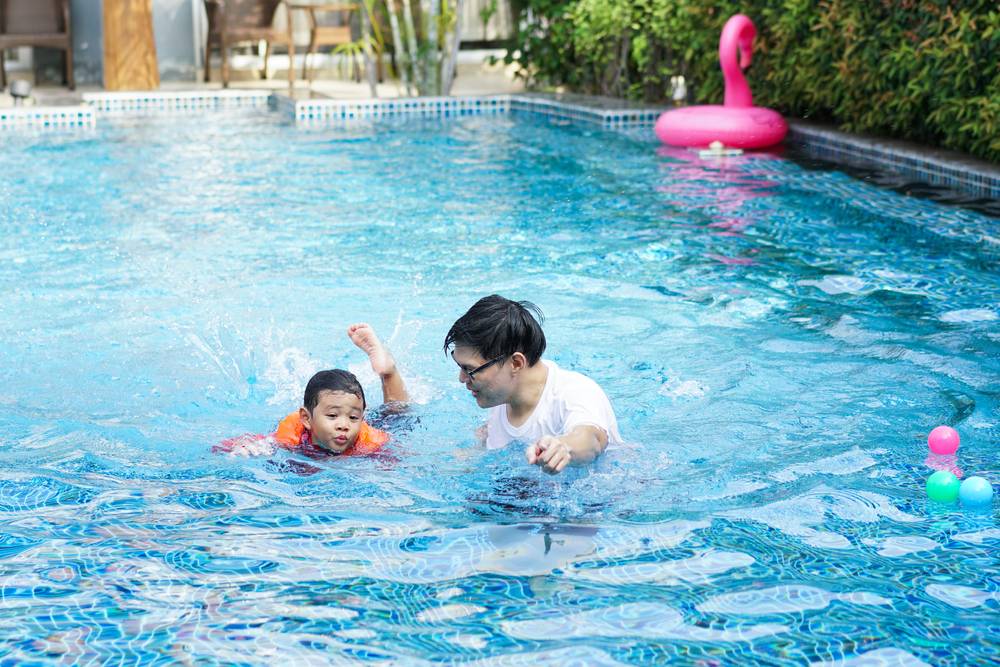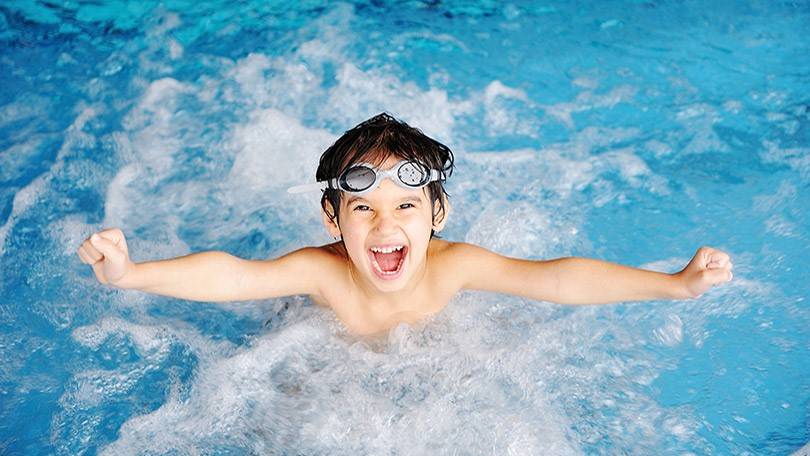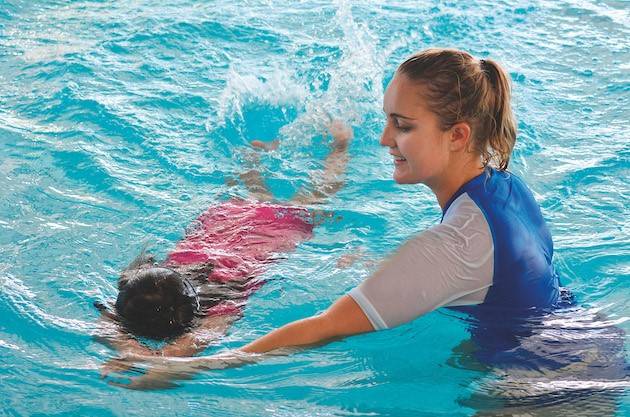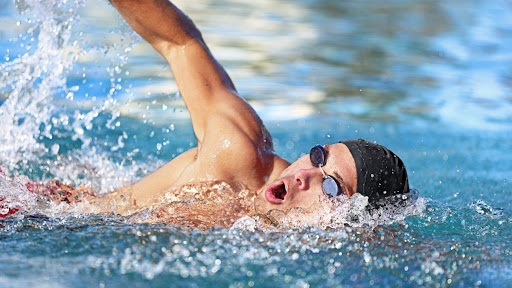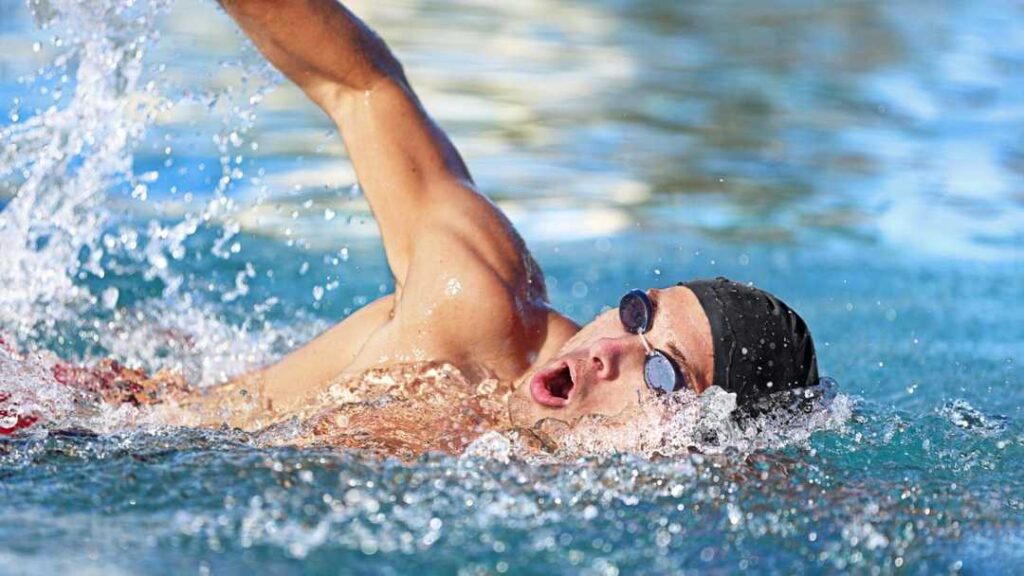Freestyle Swimming Speed: How to Swim Faster and Smarter
Freestyle, also called the front crawl, is the fastest and most efficient swimming stroke. It’s the reason competitive swimmers cover laps at lightning pace and why recreational swimmers choose it for long-distance workouts. But improving freestyle swimming speed isn’t just about moving your arms and legs quicker—it’s about technique, body positioning, endurance, and strength working together in harmony. Whether you’re an adult beginner, a fitness enthusiast, or someone preparing for a triathlon, understanding what influences speed in freestyle is the key to swimming faster and smarter.
The Role of Body Position in Freestyle Swimming Speed
A streamlined body position is the foundation of speed in freestyle swimming. When your body rides high on the water’s surface, you minimize drag and conserve energy. Proper head alignment—looking down rather than forward—keeps the hips and legs elevated, reducing resistance. Even small improvements in body alignment can shave seconds off lap times. Coaches often describe it like this: “Think of your body as a surfboard—when it’s flat and straight, it glides faster.”
Arm Technique and Pull Efficiency
The arms generate much of the propulsion in freestyle swimming. The catch phase, where the hand enters and grips the water, relies heavily on strong shoulders, chest, and back muscles. A high-elbow pull creates a powerful stroke, while pushing through with the forearm maximizes water displacement. Faster strokes don’t necessarily mean better strokes—efficient, well-timed pulls ensure speed without unnecessary energy loss.
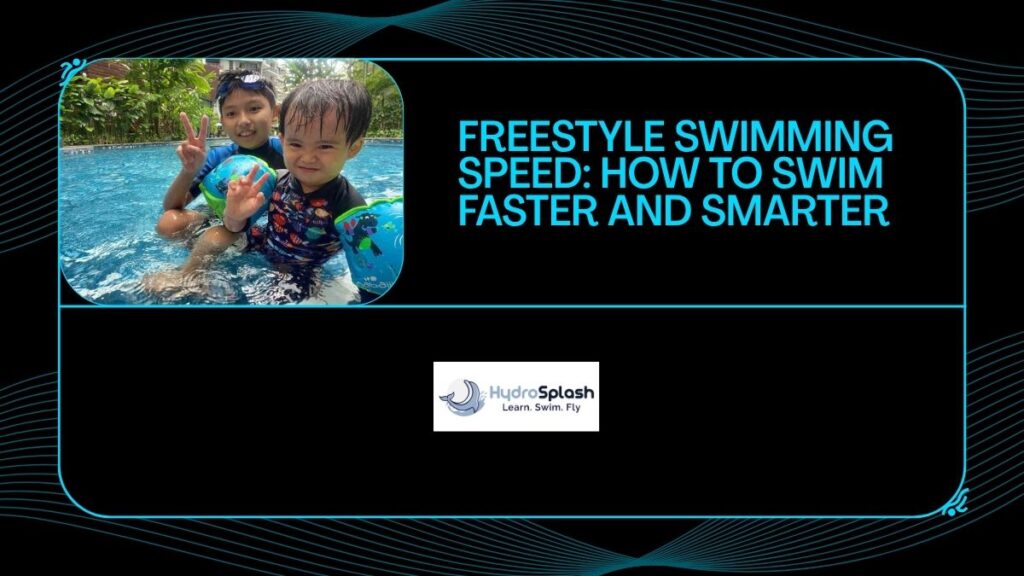
At HydroSplash, adult learners are taught to master the catch and pull before increasing pace. This step-by-step approach ensures that every stroke contributes to both propulsion and endurance. You can explore more about this structured coaching style in HydroSplash’s adult swimming lessons.
The Power of the Kick
Freestyle’s flutter kick might look simple, but it plays a crucial role in maintaining balance and rhythm. The quadriceps, hamstrings, glutes, and calves all fire during the kick cycle, helping streamline the body and adding propulsion. A relaxed, fast kick—not a frantic one—is what supports speed. Overkicking can drain energy quickly, while underkicking can slow momentum. Striking the balance is key.
Breathing and Endurance for Speed
One often overlooked factor in freestyle swimming speed is breathing technique. Poor breathing patterns can break rhythm, slow the stroke, and cause unnecessary drag. Learning to exhale fully underwater and rotate the head smoothly to inhale keeps momentum steady. Efficient breathing supports endurance, which directly translates to maintaining speed over longer distances.
A study by Singapore’s National Institute of Education found that adult swimmers who trained with interval-based endurance swimming improved both aerobic capacity and sustained stroke speed. This proves that conditioning, combined with correct breathing, makes speed sustainable rather than short-lived.
Strength Training for Faster Freestyle
Freestyle swimming speed isn’t built in the pool alone—it’s also supported by strength training outside the water. Exercises like pull-ups, planks, and resistance band drills target the muscles used in freestyle: shoulders, core, and legs. A strong core ensures stability, while powerful lats and deltoids improve pull efficiency. Adding strength and flexibility training to a swimmer’s routine creates a balanced foundation for faster strokes.
Practical Benefits of Improving Freestyle Swimming Speed
Gaining speed isn’t only for competitive swimmers. Adults who improve their freestyle speed enjoy more efficient workouts, completing more laps in less time. Fitness benefits increase, calorie burn rises, and swimming sessions feel more rewarding. For triathletes or open-water swimmers, improved freestyle speed provides confidence in tackling longer distances without fatigue. Even casual swimmers benefit by developing a rhythm that makes swimming more enjoyable and less tiring.
Conclusion
Freestyle swimming speed is shaped by body position, arm technique, kicking, breathing, and strength. It’s not about rushing through the water but about swimming smarter—streamlining the body, pulling efficiently, and building endurance. Every improvement in technique translates into faster, more enjoyable swims.
Ready to unlock your freestyle potential? Join HydroSplash’s adult swimming lessons to learn how expert coaching can help you swim faster, smarter, and with greater confidence in the water.
Mini FAQ Section
Q: How can I increase my freestyle swimming speed?
A: Focus on body alignment, efficient arm pulls, strong but relaxed kicks, and proper breathing to improve speed.
Q: Do stronger kicks make freestyle faster?
A: Yes, but only if they’re efficient. Balanced flutter kicks add propulsion without draining energy.
Q: How important is endurance for freestyle speed?
A: Very important—endurance allows you to sustain faster speeds over longer distances without fatigue.
Q: Can adults still improve freestyle swimming speed?
A: Absolutely. With the right coaching and practice, adults at any age can enhance their technique and speed.
Click on the link to find out more about HydroSplash Swimming. Chat with our representatives today!
About HydroSplash Swimming
Adult Swimming Lesson
Private Swimming Lesson
Kids Swimming Lesson
Whatsapp Us

